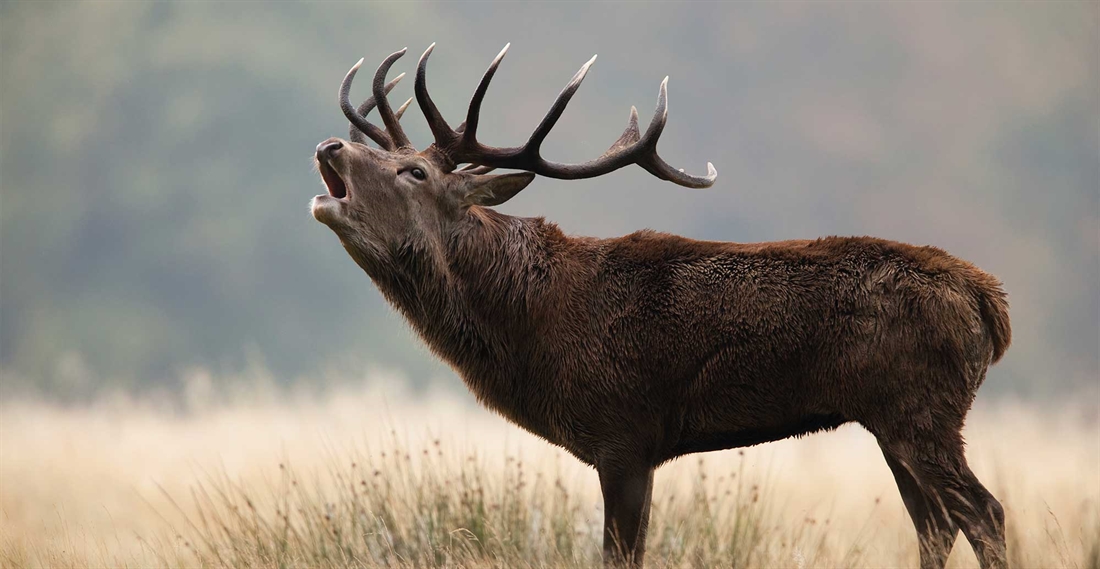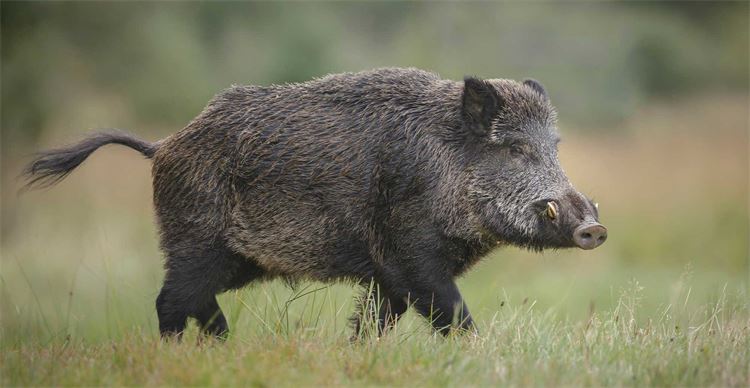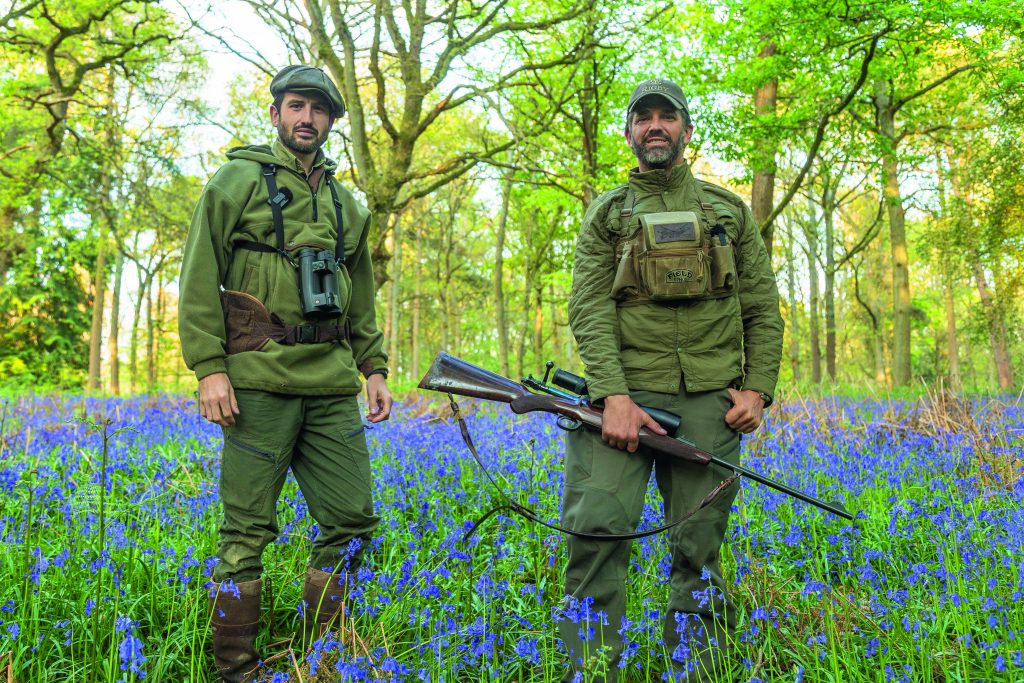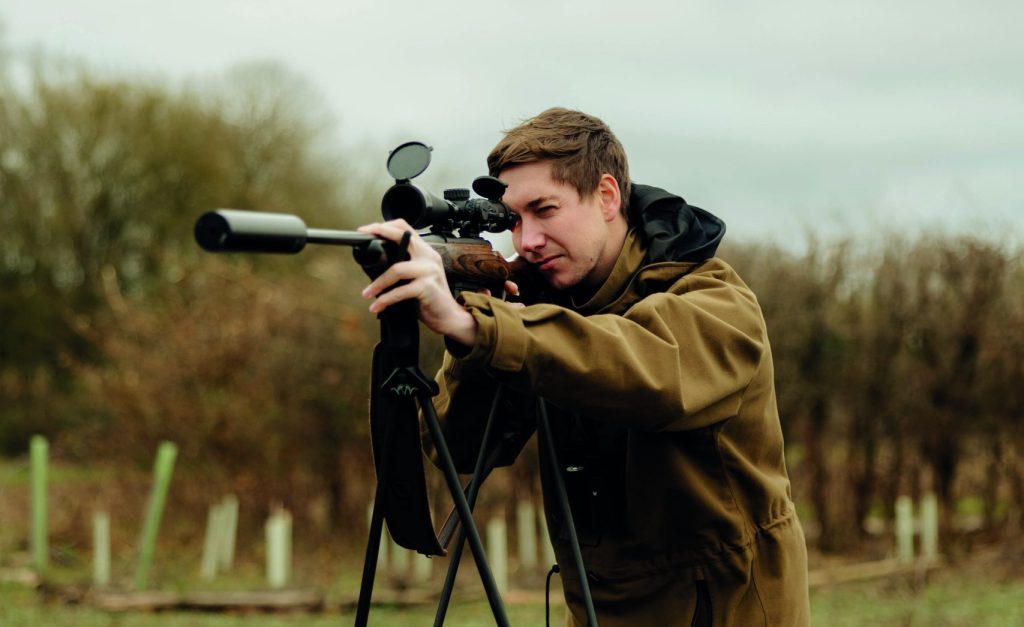The .243 rifle calibre
Is one of the UK’s most popular stalking calibres the best choice available for a single-rifle owner?

There are many new and aspiring stalkers, as well as those who are more experienced, who already have their own kit. A large proportion of them will have a .243 Win as their stalking rifle. When asked why they chose that particular calibre, it often turns out that it was what their local Firearms Enquiry Officer (FEO) guided them towards as it is the ‘smallest’ calibre legal for all UK deer species. Or, some other stalker, probably similarly guided at some time in the past by their FEO, recommended it. But is it, in fact, the best choice?
Undoubtedly, the .243 has taken many hundreds of thousands of deer and all sorts of other species around the world. Unquestionably, it can be very accurate when bullet and barrel are properly matched, but is it the most suitable choice for the single-rifle stalker, or for stalking generally, when compared with other available calibres? The fact that your local FEO – who may or may not be an experienced stalker – wants you to go for the smallest possible calibre for whatever reason, should not influence your choice.
A .308 Win, 6.5×55, 7mm-08 or .260 Rem is no more dangerous than the .243; it is up to the shooter to be safe – the bullet only goes where he or she directs it, no matter what the calibre.
The .243 was introduced by Winchester in 1955 along with its Model 70 bolt-action rifle, and was created by necking down the .308/7.62mm case to 6mm/.243. It was essentially designed as a ‘varmint’ (small vermin such as prairie dogs) round, propelling light, 55gr bullets at high velocities, often in excess of 4,000fps. Carcase damage was obviously not an issue, but a flat trajectory was, with shots of 300 yards-plus being fairly common. Similarly, penetration was not a consideration, making it an ideal calibre for its purpose. However, such small bullets travelling at such high velocities would be unsuitable for most deer species. And bear in mind that the ‘hotter’ the round, the shorter the barrel life, too.
When we are shooting deer, particularly the heavier species such as fallow, sika and red, penetration becomes much more of an issue. A light, frangible bullet is more likely to fail to penetrate through the shoulder-bone and reach the vital organs to ensure a speedy, clean kill. Of course, if your deer is standing perfectly broadside-on, and your bullet placement is pinpoint accurate, an 80gr softpoint will probably kill a big red stag every time. If, however, that same stag is at a slight angle, or your shot placement is slightly off, or both, then the likelihood of wounding your quarry is dramatically increased. A heavier, larger calibre bullet in the same circumstances, however, will punch through the shoulder bones to penetrate, expand and dump energy within the chest, causing rapid loss of consciousness and death.
I shoot in the region of 250 deer a year. Occasionally, despite my best efforts, lots of practise at a rifle range and top quality kit, I get it wrong and the bullet does not go exactly where I intended it to. With the slightly larger calibres I use, and heavier bullets, if that happens – and it does to all of us who stalk, (the only stalkers I know who have never had a shot go wrong either have only shot a handful of deer or are not telling the truth) – the extra energy and hydrostatic shock have helped to compensate for my error and make recovering the animal quicker and more humane.
If your point of impact is further back, the increased hydrostatic shock and energy dumped within the body, larger wound channel and blood-loss will make following-up and concluding the stalk easier. If your bullet does not have sufficient energy to pass through the body – i.e. doesn’t produce an exit wound – there will be very little blood or scent trail to follow-up. The heavier bullet with more energy makes an exit wound more likely.
Bear in mind, also, that the minimum bullet weight in Scotland for red, fallow and sika is 100gr, so your choice of bullet for the .243 is very limited. You will also need to be pushing it at such a velocity that it develops a minimum of 1,750 ft/lb of energy.
Some .243s will not accurately and consistently stabilise the heavier 90–105gr hunting bullets. Most factory rifles utilise a one in ten twist. If you intend to use heavier bullets in your .243, buy a box of several different brands and bullet types and then experiment on a range to find which groups best in your particular rifle barrel. Next, try that bullet out on the species of deer you shoot, to see how it performs in the real world. If you find one that works for you, stick with it and use it for everything.
If we compare the ballistics of a 100gr .243 bullet with, say, a 140gr 6.5×55 bullet and a 150gr .308 bullet, we can see how the trajectories are not hugely dissimilar. All these are soft-point rounds. The figures are taken from the Federal ammunition website, with 100yds zeros. If we zero our rifle ” high at 100yds, there will be even less difference in point of impact at a given range. You can see how the .243, even at a 100yds, now fails to meet the minimum Scottish requirement of 1,750 ft/lb at the muzzle, yet the other two calibres have energy to spare.
Most of our deer will be shot at well under 200yds. At this distance, the difference between the drop on a .243 and a 6.5×55 is 1″, not enough to worry about. And between 100 and 150yds, it is imperceptible for all practical purposes. The difference between point of impact for the 150gr .308 bullet at 200yds is about “, yet it delivers 25 per cent more energy. Bear in mind also that a heavier, slower expanding bullet at a sensible velocity will not only penetrate better, but cause less carcase damage, so you get more venison to eat or a better price from the game dealer.
If you are thinking of going abroad with your rifle to shoot boar, ibex etc., some countries have minimum calibre requirements, and the .243 will often not meet them. Usually, 6.5mm is the minimum. The old restrictions in France on ‘military’ calibres have relatively recently been dropped, so are no longer a problem. The 6.5×55 is a fantastic soft-recoiling calibre, and the 7-08, a 7mm bullet based on the .308 cartridge case, exceeds the ballistics of the .308. which you can find ammunition for all over the world. The 30-06 Springfield is also worthy of consideration and a good boar round, too, with 180gr or heavier bullets, and the 150gr being ideal for all UK deer species.
In conclusion, if you are applying for a Firearm Certificate or seeking a variation, consider more than just the ubiquitous .243 Win. Think about the species you are going to shoot and whether you might want to travel further afield in the future. Look for something for which ammunition is relatively widely available – exotics like the 6.5×284 Norma, .280 Rem and others have a following, but you may have to hand-load or at times be unable to find factory ammunition. Look at the ballistics of the calibre you are interested in at various ranges, both in terms of drop over distance and energy. If you choose correctly, you could find one bullet in one calibre for all your stalking needs, so you do not have to constantly re-zero and hold several different types of ammunition/bullet, saving on cost and time, optics and rifles.
That said, we boys do like our toys!
Related Articles
Get the latest news delivered direct to your door
Subscribe to Fieldsports Journal
Elevate your experience in the field with a subscription to Fieldsports Journal, the premium publication for passionate country sports enthusiasts. This bi-monthly journal delivers unparalleled coverage of game shooting, fishing and big game across the UK and beyond.
Each issue offers a stunning collection of in-depth features, expert opinions and world-class photography, all presented in a timeless yet contemporary design.
Save 10% on shop price when you subscribe, with a choice of packages that work for you. Choose from Print & Digital or Digital only with each journal delivered directly to your door or via the app every other month, plus access to past issues with the digital back issue library.








